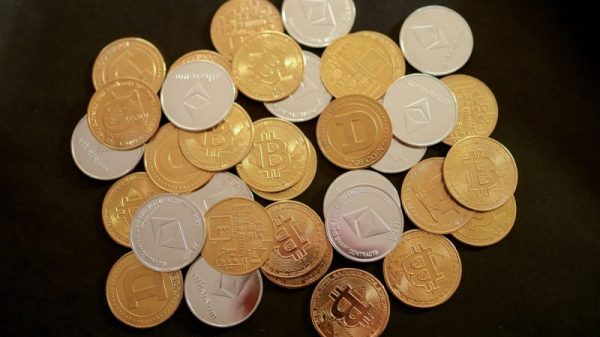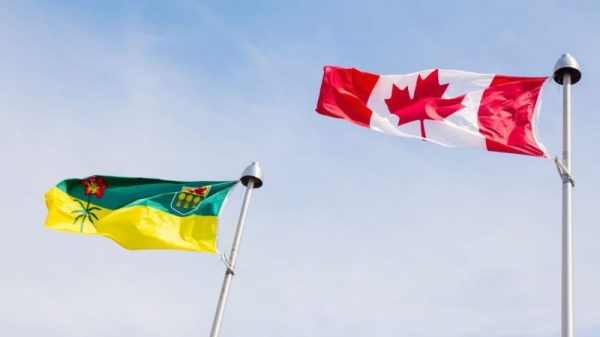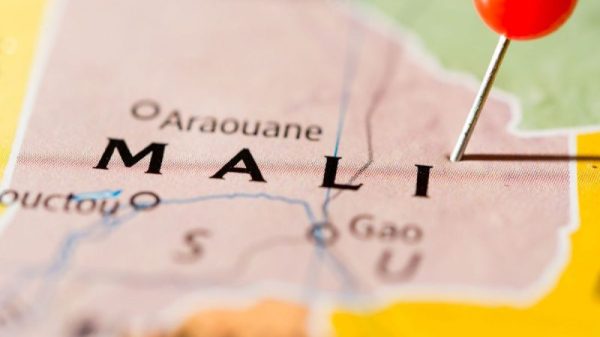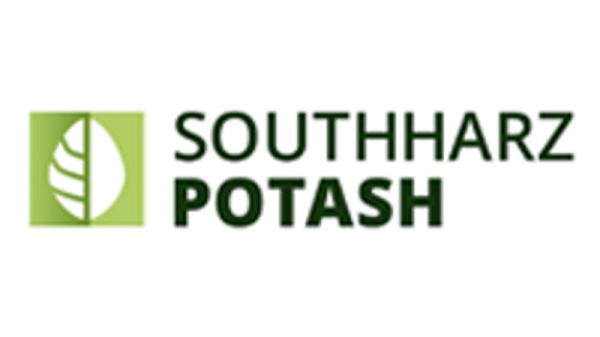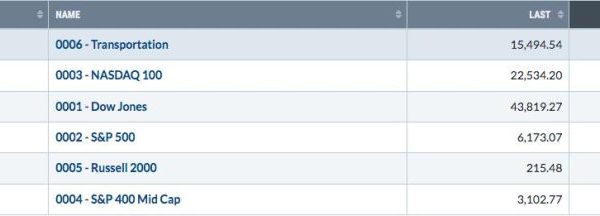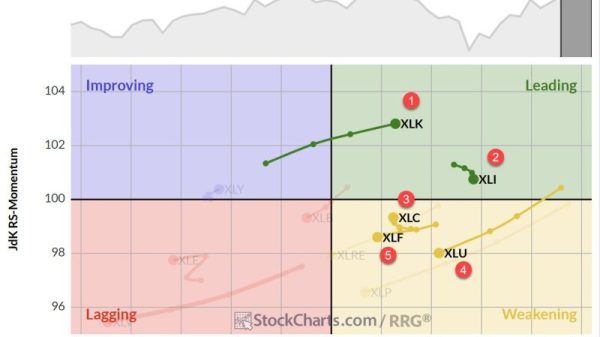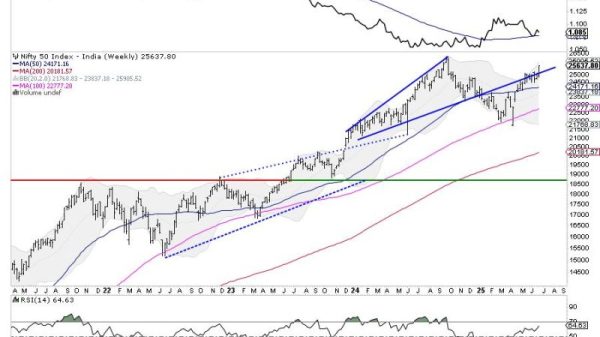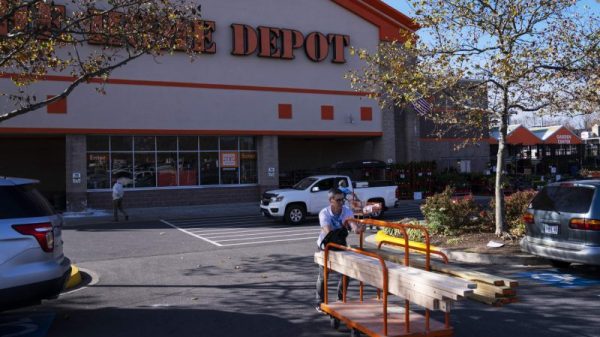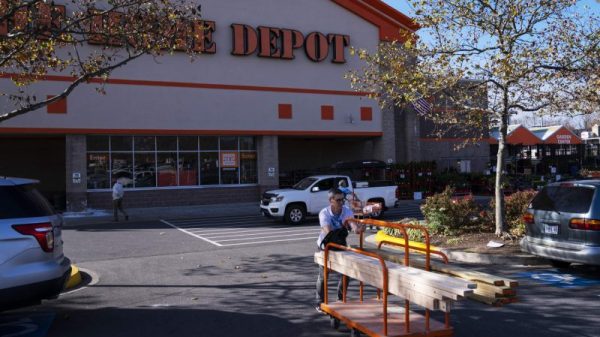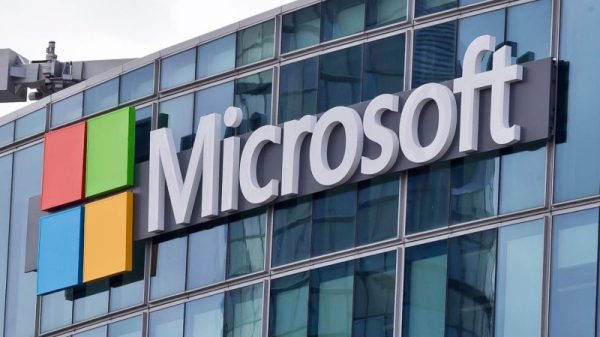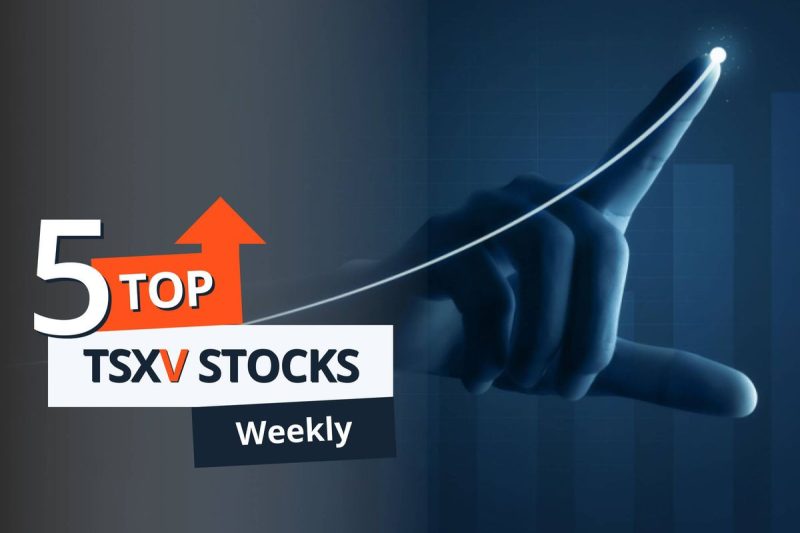The S&P/TSX Venture Composite Index (INDEXTSI:JX) lost 7.22 points last week to close at 607.95.
Statistics Canada released consumer price index (CPI) data this past Tuesday (May 21). In the report, the agency indicates that CPI rose 2.7 percent in April on a year-on-year basis, dropping from a 2.9 percent year-on-year uptick in March.
Inflation has now declined for the fourth month in a row, improving odds for a June rate cut as CPI inches closer to the Bank of Canada’s 2 percent target. The Canadian dollar lost a quarter percent on the news to close the day at US$1.37.
South of the border, the US Federal Reserve released minutes from its May meeting this past Wednesday (May 22). Although inflation declined from April, the notes indicate a “willingness to tighten policy further” if needed. The news pushed the gold price below the US$2,400 per ounce mark, and the silver price retreated toward US$30 per ounce.
Statistics Canada also released its monthly mineral production survey for March this past Tuesday. The data shows that both production and shipments of copper and silver saw increases over February, while gold saw a decrease in production but an increase in shipments. March saw copper sales of C$616 million and silver sales of C$25 million. Gold sales reached C$1.63 billion during the month, a steep increase of more than C$300 million over February.
Against that backdrop, which resource stocks on the TSX Venture exchange were up the most?
1. Gabriel Resources (TSXV:GBU)
Weekly gain: 50 percent; market cap: C$15.41 million; current share price: C$0.015
Gabriel Resources is a precious metals explorer and developer focused on advancing its Rosia Montana gold project. Based in Transylvania, Romania, Rosia Montana is in a region that has seen significant historic mining. Covering 2,388 hectares, the site is host to a mid-to-shallow epithermal system containing deposits of gold and silver.
The most recent mineral resource estimate from an October 2012 technical report shows proven and probable quantities of 10.1 million ounces of gold and 47.6 million ounces of silver.
Gabriel has invested more than US$760 million into Rosia Montana, but has undertaken little development at the site since the early 2010s, as Romania blocked further development.
In 2015, the company entered into arbitration through the World Bank’s International Center for Settlement of Investment Disputes (ICSID) over permitting at the site and suggested that Romania was in violation of bilateral investment treaties. On March 8, Gabriel issued a press release with an update saying that its case against Romania had been dismissed by the ICSID, which also awarded Romania US$10 million in legal fees and expenses. Gabriel has said it will review the decision with its legal team and plans to evaluate its options.
While news of that decision caused Gabriel’s share price to plummet in March, it saw significant gains this past week after closing the initial tranche of a US$5.58 million private placement on May 17.
2. Turmalina Metals (TSXV:TBX)
Weekly gain: 46.87 percent; market cap: C$17.16 million; current share price: C$0.235
Turmalina Metals is a gold, silver and copper explorer that is developing a portfolio of projects in South America. Its primary site is the San Francisco project, located in San Juan, Argentina. The asset covers 40,340 hectares and contains seven priority targets, including the high-grade epithermal gold vein system at its Veta Rica discovery.
The company also owns the Chanape project in Huarochiri, Peru. It comprises a 677 hectare land package and hosts copper, gold and silver mineralization. The site has undergone approximately 15 kilometers of drilling, of which over 12 kilometers is historic drilling. Turmalina’s most recent news came on May 8, when it announced the identification of three new vein systems around Veta Rica. In total, the company is now working to advance seven vein systems.
3. Koryx Copper (TSXV:KRY)
Weekly gain: 44.44 percent; market cap: C$42.41 million; current share price: C$0.195
Formerly Deep-South Resources, the company changed its name in November 2023 to better represent its core values. Koryx is focused on the advancement of copper exploration projects in Namibia and Zambia.
Its flagship asset is the Haib copper project located in the Karas province of Southern Namibia near the border with South Africa. In an amended preliminary economic assessment released on January 8, the company indicated potential annual production of 38,337 metric tons (MT) of copper and an additional 51,081 MT of copper sulfate.
Since the start of 2024, Koryx has published a number of exploration results from exploration at Haib, with the most recent coming on May 15. In the announcement, the company highlighted grades of 0.51 percent copper over 137.6 meters, including an intersection of 0.68 percent copper over 72 meters.
The company said exploration at the site has continued to generate positive results that indicate the average grade of the deposit could be higher than shown in the previous mineral resource estimate.
Koryx found additional support on Wednesday when it closed a C$2 million private placement. The firm also said it will be consolidating all its issued and outstanding shares on the basis of one new common share for five existing shares.
4. Sintana Energy (TSXV:SEI)
Weekly gain: 40 percent; market cap: C$513.66 million; current share price: C$1.40
Sintana Energy is a petroleum and natural gas explorer and developer with working interests in several petroleum exploration licenses (PELs) in Africa and Latin America.
The company saw a steep share price rise after announcing an exploration update from PEL 83 in Namibia’s Orange Basin on April 21. Sintana has exposure to PEL 83 through its indirect 49 percent interest in Custos Energy, a 10 percent working interest owner of the license. The announcement indicates that Galp Energia (OTC Pink:GLPEF,ELI:GALP), which is the license’s operator and primary stakeholder, completed testing on the Mopane-1x well. In a release, Galp said in-place hydrocarbon estimates from the Mopane complex stand at approximately 10 billion barrels of oil equivalent or higher.
Sintana saw further gains on April 24, when it entered into a definitive agreement with Namibia’s Crown Energy to acquire up to 67 percent of the issued and outstanding shares of Giraffe Energy, which owns a 33 percent interest in PEL 79. The company said it will allow Sintana to expand its exposure to the Orange Basin.
Company shares rose further last week, but it has not released news since April 29, when it announced that an affiliate of Chevron (NYSE:CVX) had assumed an 80 percent working interest and ownership in PEL 82.
5. BeMetals (TSXV:BMET)
Weekly gain: 37.5 percent; market cap: C$18.62 million; current share price: C$0.11
BeMetals is a gold and copper explorer that has spent 2024 working to advance its Pangeni copper project in Zambia. The project is located in Northwestern Zambia along the western edge of the Central African Copperbelt. BeMetals has been actively exploring the property since 2020 and has identified several areas with copper mineralization.
The most recent news from the project came this past Wednesday, when BeMetals announced the discovery of extensive copper mineralization that bears similarities to other mines located in the Zambian Copperbelt. A highlighted assay shows a 16.16 meter intersection containing grades of 0.74 percent copper and 533 parts per million cobalt, including a 5.5 meter segment with grades of 0.93 percent copper and 701 parts per million cobalt.
The company said exploration of the site indicates significant scale and shows the potential for the discovery of a tier-one copper deposit.
FAQs for TSXV stocks
What is the difference between the TSX and TSXV?
The TSX, or Toronto Stock Exchange, is used by senior companies with larger market caps, while the TSXV, or TSX Venture Exchange, is used by smaller-cap companies. Companies listed on the TSXV can graduate to the senior exchange.
How many companies are listed on the TSXV?
As of September 2023, there were 1,713 companies listed on the TSXV, 953 of which were mining companies. Comparatively, the TSX was home to 1,789 companies, with 190 of those being mining companies.
Together the TSX and TSXV host around 40 percent of the world’s public mining companies.
How much does it cost to list on the TSXV?
There are a variety of different fees that companies must pay to list on the TSXV, and according to the exchange, they can vary based on the transaction’s nature and complexity. The listing fee alone will most likely cost between C$10,000 to C$70,000. Accounting and auditing fees could rack up between C$25,000 and C$100,000, while legal fees are expected to be over C$75,000 and an underwriters’ commission may hit up to 12 percent.
The exchange lists a handful of other fees and expenses companies can expect, including but not limited to security commission and transfer agency fees, investor relations costs and director and officer liability insurance.
These are all just for the initial listing, of course. There are ongoing expenses once companies are trading, such as sustaining fees and additional listing fees, plus the costs associated with filing regular reports.
How do you trade on the TSXV?
Investors can trade on the TSXV the way they would trade stocks on any exchange. This means they can use a stock broker or an individual investment account to buy and sell shares of TSXV-listed companies during the exchange’s trading hours.
Data for this 5 Top Weekly TSXV Performers article was retrieved at 1:00 p.m. PST on May 24, 2024, using TradingView’s stock screener. Only companies with market capitalizations greater than C$10 million prior to the week’s gains are included. Companies within the non-energy minerals and energy minerals were considered.
Article by Dean Belder; FAQs by Lauren Kelly.
Securities Disclosure: I, Dean Belder, hold no direct investment interest in any company mentioned in this article.
Securities Disclosure: I, Lauren Kelly, hold no direct investment interest in any company mentioned in this article.

